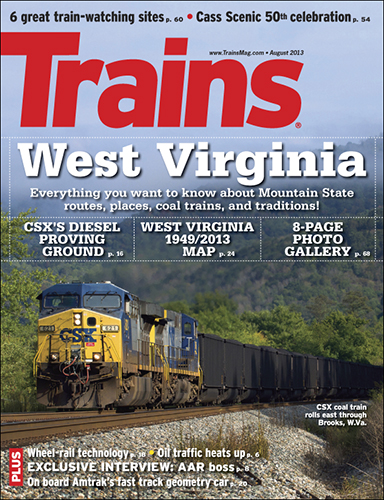
FULL SCREEN Kevin Scanlon Norfolk Southern hopper train on West Virginia Secondary passes through town of Gauley Bridge, W.Va., on March 23, 2006. FULL SCREEN Kevin Scanlon CSX helpers on eastbound train Q-316 on Mountain Subdivision crosses Tray Run Viaduct at Rowlesburg, W.Va., on Jan. 18, 1998. FULL SCREEN Kevin Scanlon CSX eastbound hopper train […]
Read More…
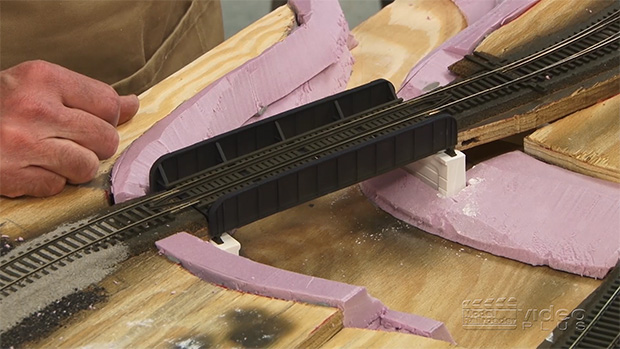
We close our four-part Build-a-bridge series by installing the model on our Thin Branch HO scale layout. In this video David shares some techniques for building foam scenery and working with plaster abutment castings to support our through-girder bridge. […]
Read More…
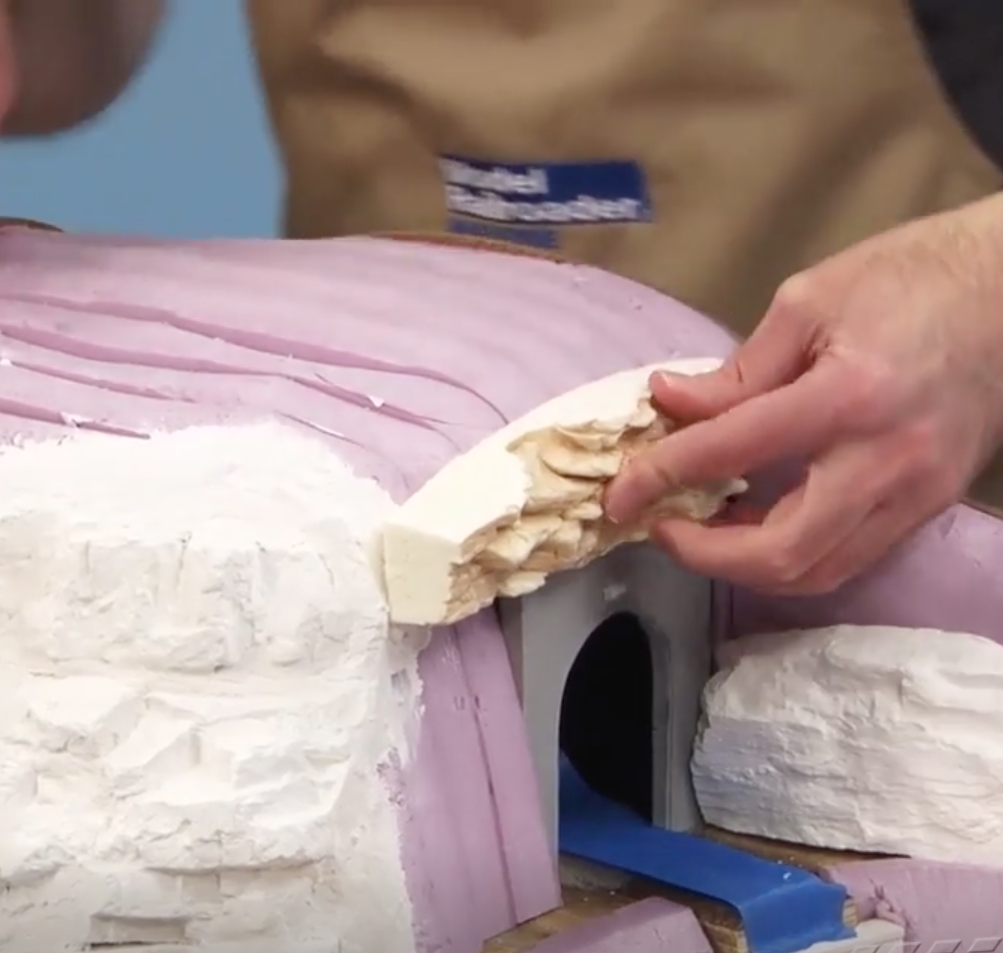
Having trouble viewing this video? Please visit our Video FAQ page If you want to try a different material to make rocks for your model railroad, try foam. In this video, David shows how he added Mountains in Minutes foam rocks to our Thin Branch HO scale project railroad. […]
Read More…

Having trouble viewing this video? Please visit our Video FAQ page If you want to try a different material to make rocks for your model railroad, try foam. In this video, David shows how he added Mountains in Minutes foam rocks to our Thin Branch HO scale project railroad. […]
Read More…
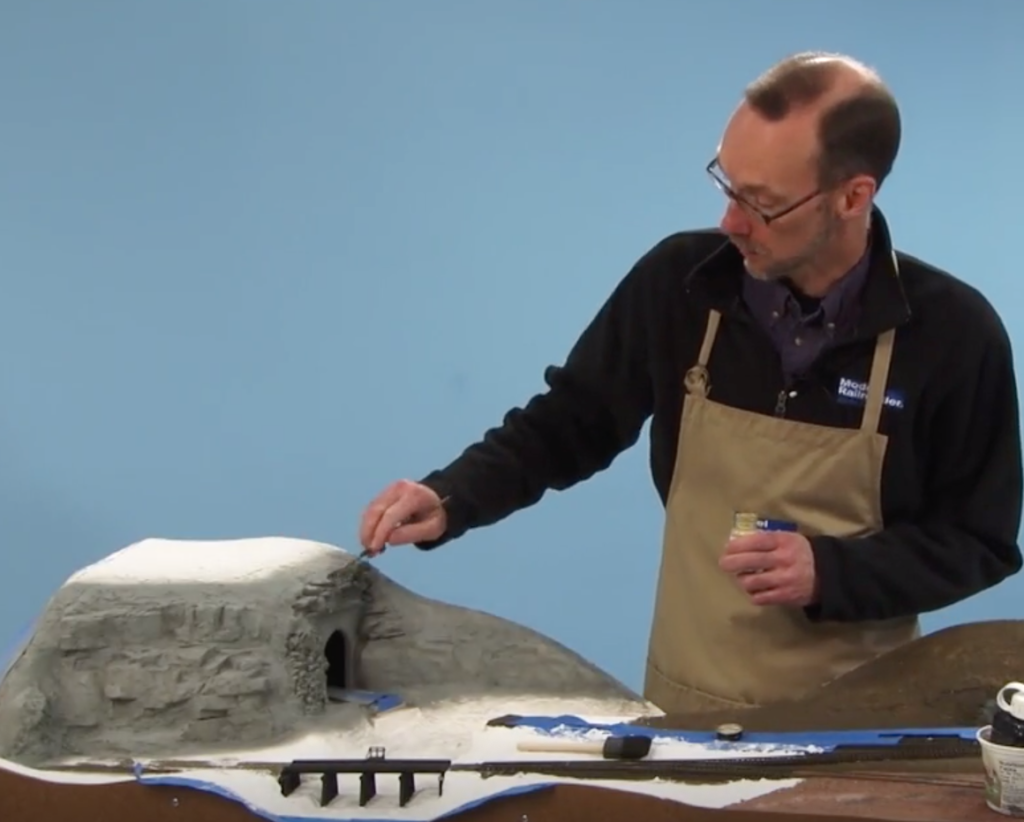
Now that the rocks for our Thin Branch project railroad are in place, it’s time to paint them. David shares an easy 3-step painting technique that produces realistic rock outcroppings. […]
Read More…

Now that the rocks for our Thin Branch project railroad are in place, it’s time to paint them. David shares an easy 3-step painting technique that produces realistic rock outcroppings. […]
Read More…
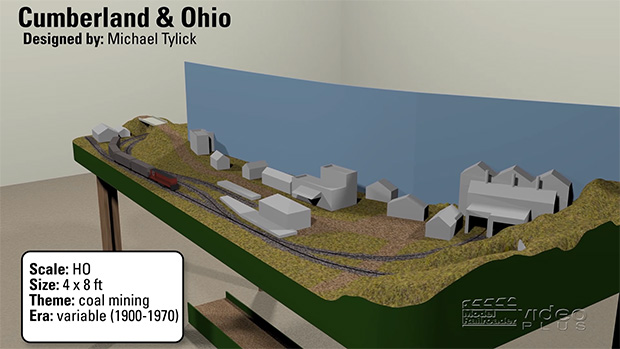
Having trouble viewing this video? Please visit our Video FAQ page Looking for a small layout with an expansive Appalachian feel? The 4 x 8 foot HO scale Cumberland & Ohio plan provides just that! This layout includes two towns, a mine, and a lot of operation in a compact space. […]
Read More…

Having trouble viewing this video? Please visit our Video FAQ page Looking for a small layout with an expansive Appalachian feel? The 4 x 8 foot HO scale Cumberland & Ohio plan provides just that! This layout includes two towns, a mine, and a lot of operation in a compact space. […]
Read More…
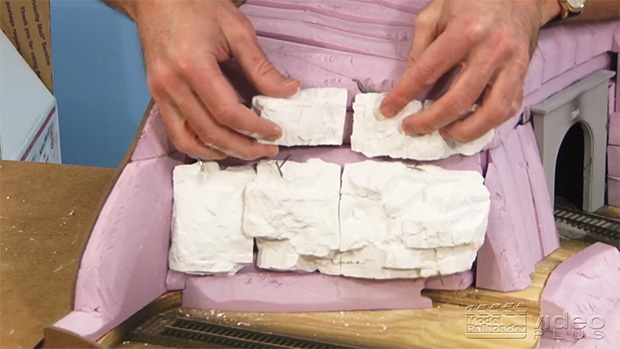
Having trouble viewing this video? Please visit our Video FAQ page Once you’ve cast rocks in plaster, it’s time to install them on the layout. In this video, David shows you how he cut, fit, and cemented plaster rock castings to the Thin Branch project railroad. […]
Read More…
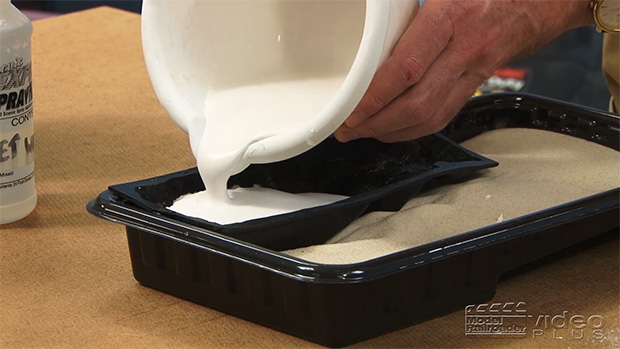
Having trouble viewing this video? Please visit our Video FAQ page Whether it’s a mountain face or just a simple outcropping, sooner or later you’ll probably need to model rocks on your layout. In this video, David shows you how he cast rocks from plaster for the Thin Branch project railroad. […]
Read More…

Having trouble viewing this video? Please visit our Video FAQ page Whether it’s a mountain face or just a simple outcropping, sooner or later you’ll probably need to model rocks on your layout. In this video, David shows you how he cast rocks from plaster for the Thin Branch project railroad. […]
Read More…

Having trouble viewing this video? Please visit our Video FAQ page Once you’ve cast rocks in plaster, it’s time to install them on the layout. In this video, David shows you how he cut, fit, and cemented plaster rock castings to the Thin Branch project railroad. […]
Read More…







